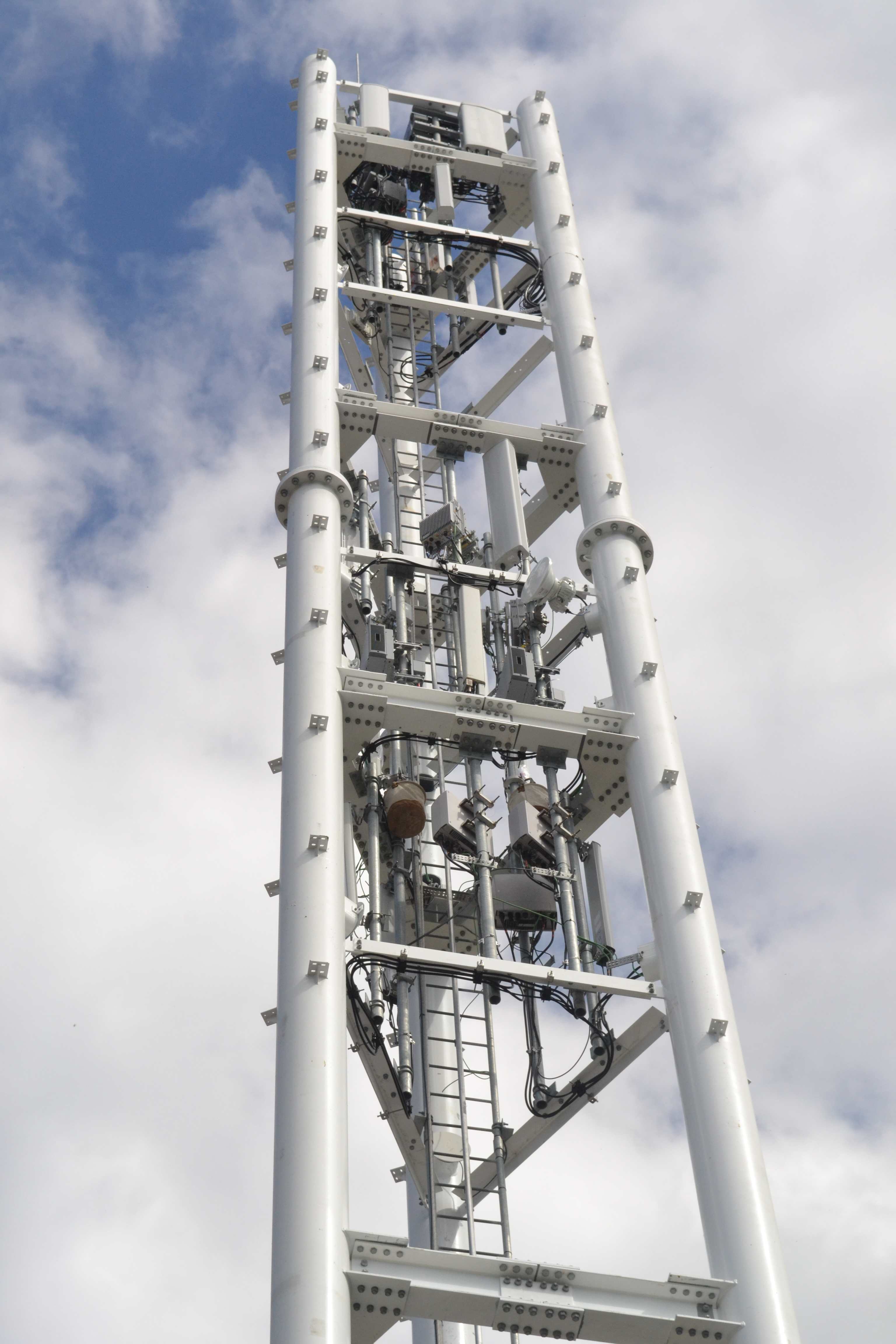On December 18th, 2014, Industry Minister James Moore announced a number of measures concerning spectrum for mobile communications in Canada. In fact, there were six different initiatives announced that are slated to take place during 2015. Not all spectrum is created equal though, so CSPR offers some context for the individual announcements.
Below are the 3500 MHz and AWS-4 announcements. For the AWS-3 and 600 MHz announcements, please see here.
3. 3500 MHz decision
This band is currently used in Canada primarily to provide fixed wireless access (FWA) in rural/remote areas. FWA covers a number of technologies that serve to provide wireless last mile telecom connectivity where portability isn’t needed. Think home internet for someone living in a remote resource town or on a rural farm. FWA isn’t the only usage of the 3500 MHz band though, other incumbents include: amateur stations; radiolocation systems; fixed satellite service (FSS) earth stations; and, fixed point-to-point systems.
Perhaps the most well known rural/remote internet provider in Canada is Xplornet, which provides FWA and satellite connectivity. It uses the 3500 MHz band to provide rural FWA connections and a combination of leased Ku-band (12-18 GHz) and Ku-band (26.5-40 GHz) satellites to provide to remote satellite connections.
While many service providers use the band throughout rural/remote areas, an abundance of wired access options (telephone lines, DSL, cable, fibre) meant that 3500 MHz band was often unused in urban settings. With an increasing demand for spectrum mobile services, Industry Canada launched a consultation in August 2014 on future uses of the 3500 MHz band. This caused a lot of concern for rural FWA ISPs and their customers. During the consultation process, the Government moved forward with the Connecting Canadians initiative that will provide funding to build or extend high-speed internet (5Mbps) for rural/remote consumers, including a specific Northern Component.
Existing Canadian 3500 MHz band plan
The major decision of the consultation is that the department will be “fundamentally reallocating the 3500 MHz band to allow mobile services throughout the band.” Further consultations will be required to determine the new ‘flexible use band plan’ that will allow FWA, mobile and other services to co-exist. In an effort to reassure rural/remote customers and ISPs, Industry Canada stated, “the new licensing framework will include a measure to allow existing FWA licensees, who are in compliance with all existing licence conditions, to have a high expectation of spectrum licences under the 3500 MHz flexible use policy, facilitating their ability to provide services.”
4. AWS-4 decision
Industry Canada launched a consultation in May 2014 on the AWS-4 spectrum (2000-2020 & 2180-2200 MHz), due to changes in how the FCC was managing the band. AWS-4 is allocated for Mobile-Satellite Service (MSS), along with Ancillary Terrestrial Component (ATC) — ground-based infrastructure that complements the MSS service. Services currently being provided by two geostationary satellites in orbit include mobile communications for both government and business customers and satellite television and internet across Canada and the US. The satellites are both owned by US-based DISH Network, which also owns the Canadian satellite operator that provides services to Canadian customers.
The AWS-4 changes in both the US and Canada were precipitated by the FCC licensing the PCS H block (1915-1920/1995-2000 MHz) for land-based mobile communications, which would likely cause interference to the adjacent MSS. In keeping with Industry Canada policy of largely harmonizing spectrum management with the US (to minimize interference issues), the department issued a number technical and licensing updates while affirming the requirement to provide Mobile-Satellite Service in the band. This is to help insure that licensees do not focus on providing ATC services and clients (both government and businesses) that depend on satellite-based services have options. In addition, stricter deployment conditions were added to ensure timely initial roll-out of services (5 years) and continuation of service (4 years) if a satellite suffered catastrophic failure and needed to be replaced.



